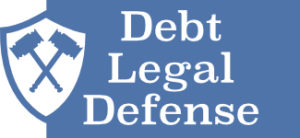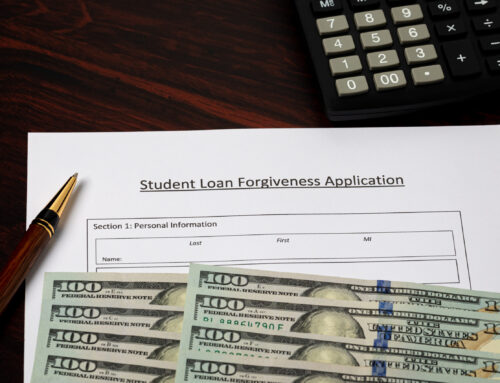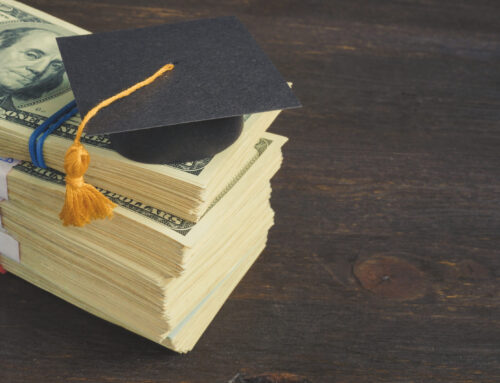
About 45 million people in the United States have student loan debt, and 95 percent of these borrowers have federal loans. On average, those borrowers owe $36,510 to the federal government. With these staggering statistics, perhaps it’s no surprise that most people with federal student debt have more than one loan.
The number of loans you have can matter as much as the total amount of debt. For example, someone may have three federal loans with $10,000 in debt on each. This person will have to make three monthly payments, apply to repayment programs three times each year, and more. It’s inconvenient and can be difficult to keep up with.
That’s why many people choose to consolidate their federal student loans. This process can be confusing at first glance, but learning the steps now can help you simplify your student loans.
Federal vs Private Student Loans
Before starting the consolidation process, it’s important to know that student loans from private lenders cannot be part of the process. Only federal loans are consolidated under government programs. You can bring all of your private loans into one payment through refinancing, but it is a different process.
Not sure if you have federal or private loans? Here’s how you can tell:
- Use your FSA ID to log in to www.nslds.ed.gov
- Create an FSA ID if you don’t have one
- The loans that show up here are federal student loans and can be consolidated
If your student loan doesn’t show up in this search, it’s incredibly likely that it is a private loan. While reporting errors can cause a federal loan not to show up, this is rare.
Federal Student Loan Consolidation Process
To consolidate your federal loans, you are technically taking out one bigger loan that pays off all of the smaller loans. As such, you will need to sign a few forms and agree to repay the new amount. You can do all of this online relatively quickly.
Here’s the process:
- Use your FSA ID to log on to www.studentaid.gov
- Fill out the Federal Direct Consolidation Loan Application
- Sign the Promissory Note
- Electronically agree to the terms and repayment
The government will process your application and then you will have just one monthly payment. There are several repayment programs available through the same website. You can choose the one that is best for your financial situation and goals.
Note that the federal government does not charge a fee for the consolidation process. If you are asked to pay a fee, you may be the victim of a scam.
Will Federal Student Loan Consolidation Lower My Payments?
Federal student loan consolidation does not lower your interest rate, but it may lower the total amount you pay every month. Once you consolidate, you can see your monthly fee. You may be able to change it through the variety of repayment programs available to you.
I Need Help With Student Loan Legal Defense
The weight of student loans can be unbearable. Sometimes, it’s simply impossible to pay back. Depending on your situation, you may need a lawyer to help you. At Debt Legal Defense, we help people relieve student debt or defend themselves against lawsuits regarding student debt. If you’re struggling to pay your student loan bills or need representation in a debt lawsuit, contact us today.





